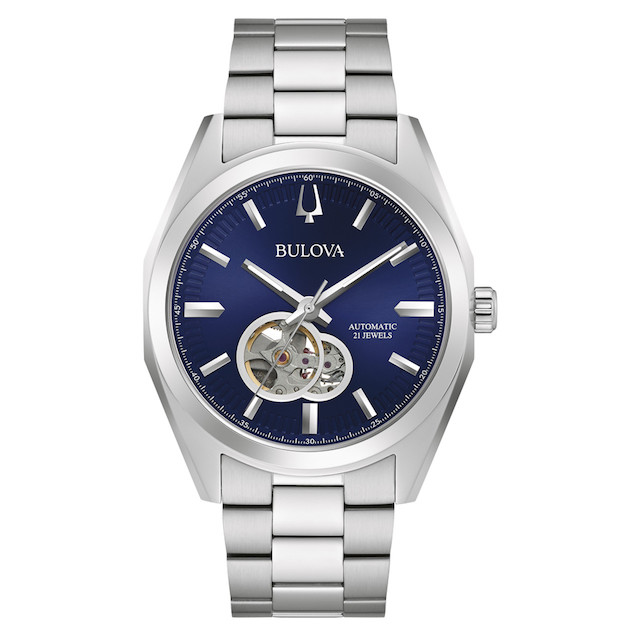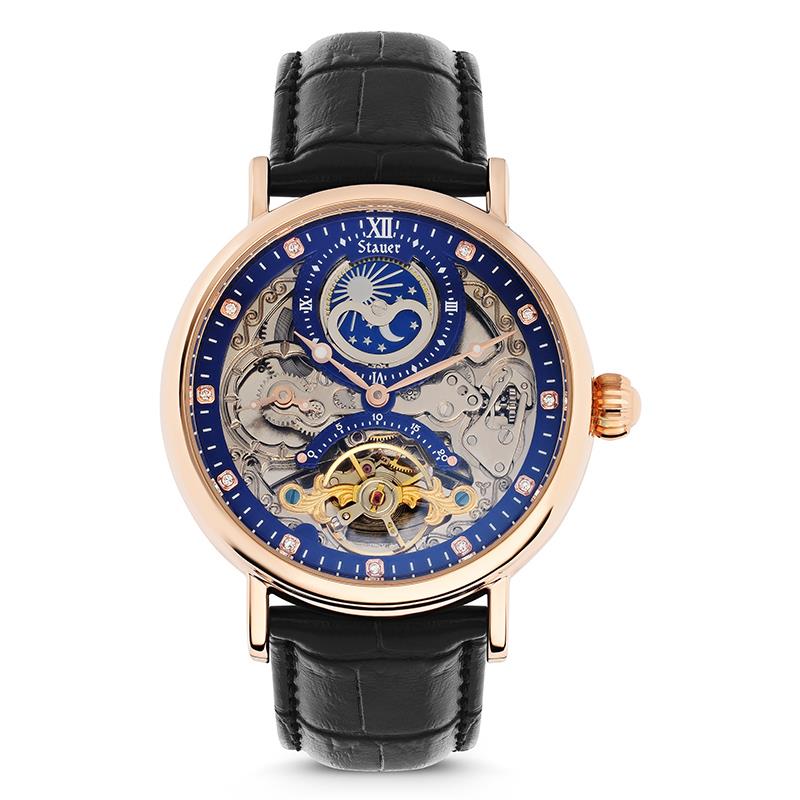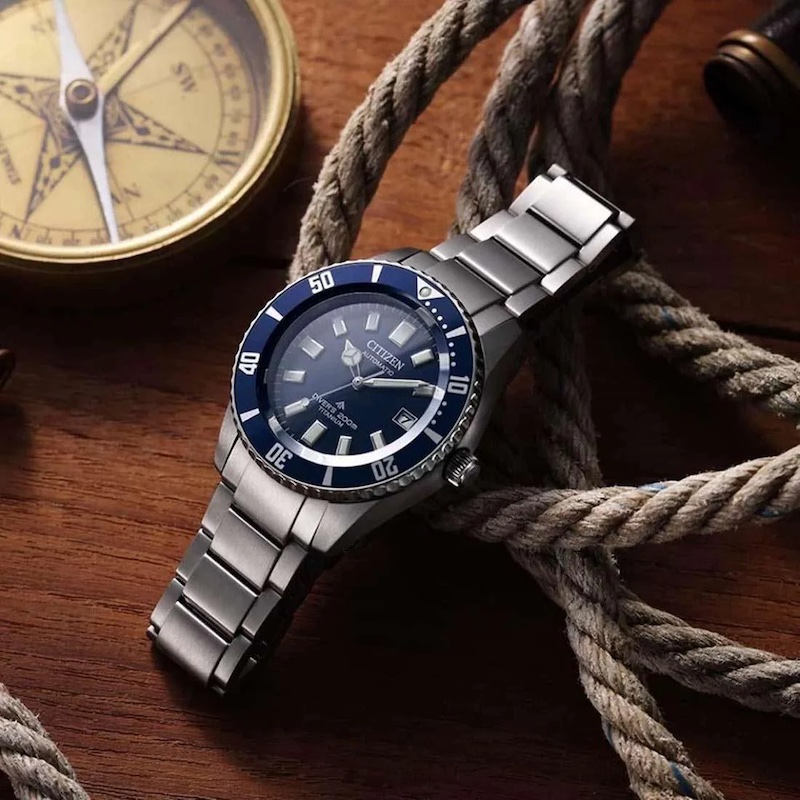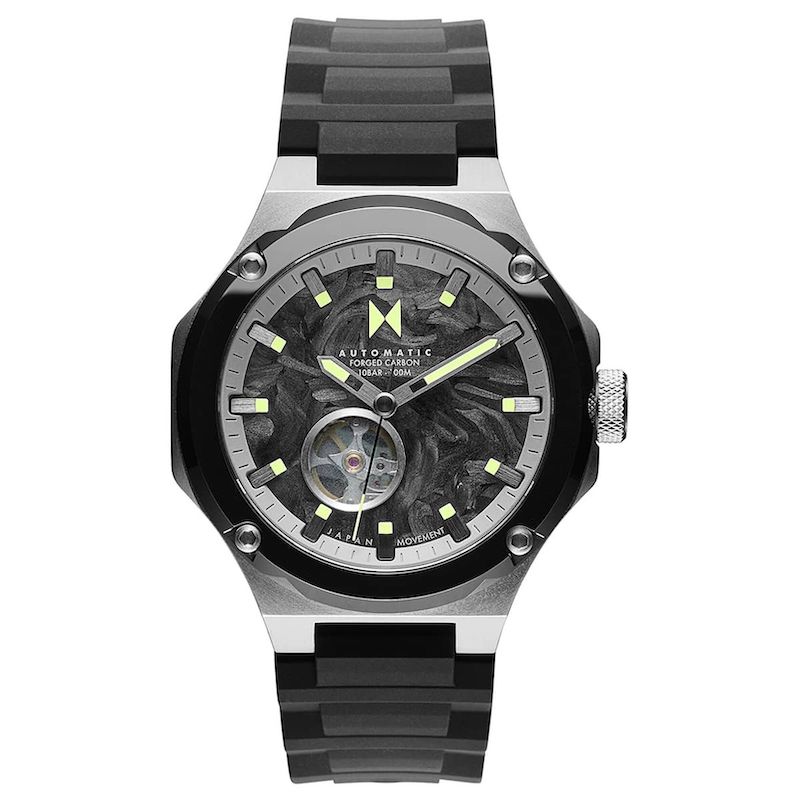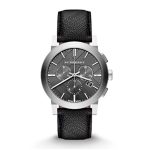Introduction
An automatic watch, also known as a self-winding watch, is a timepiece that operates without the need for a battery or manual winding. It is a sophisticated piece of engineering that harnesses the natural motion of the wearer’s wrist to power the intricate internal mechanism of the watch.
The history of automatic watches dates back to the late 18th century, with the invention of the self-winding mechanism by Swiss watchmaker Abraham-Louis Perrelet. His creation laid the foundation for the development of modern automatic watches, which gained popularity in the 20th century.
Automatic watches have been a timeless symbol of elegance, craftsmanship, and precision. The intricate mechanical movement of an automatic watch sets it apart from its quartz and digital counterparts, making it a favored choice among watch enthusiasts and collectors. In this article, we will delve into the fascinating world of automatic watches, exploring their history, mechanics, benefits, and maintenance. Whether you are a seasoned aficionado or a novice looking to delve into the world of horology, this comprehensive guide will provide you with a wealth of knowledge about automatic watches.
Part 1: History of Automatic Watches
As the wrist moves, the rotor spins and translates the kinetic energy into mechanical energy, which winds the mainspring of the watch. This mainspring is the source of power for the watch’s movement, and as it unwinds, it drives the gears and hands that indicate the passage of time.
The beauty of an automatic watch lies in its craftsmanship and attention to detail. Many automatic watches also feature additional complications, such as moon phases, chronographs, or perpetual calendars, which further demonstrate the complexity and artistry of these timepieces.
Level 1: The Origins of Automatic Watches
The history of automatic watches dates back to the 18th century, with the invention of the self-winding mechanism by Swiss watchmaker Abraham-Louis Perrelet. This innovative technology revolutionized the way watches were paving the way for the development of automatic timepieces.
Level 2: Evolution and Innovation
Since the invention of the first automatic watch, numerous advancements and innovations have shaped the evolution of automatic timepieces. From the introduction of rotor systems to the refinement of precision engineering, the history of automatic watches is a testament to human ingenuity and craftsmanship.
Part 2: The Mechanics of Automatic Watches
An automatic watch is a timepiece that does not require manual winding, as it is powered by the natural motion of the wearer’s wrist. The movement of the wrist causes a rotor inside the watch to rotate, which then winds the mainspring, storing energy to power the watch.
Automatic watches are also known as self-winding watches, and they are favored by many watch enthusiasts for their convenience and craftsmanship. They are often considered a higher-end option compared to their manual-winding counterparts, as they feature complex mechanisms and are typically more costly.
Level 1: The Rotor System
At the heart of every automatic watch lies the rotor system, a mechanism that harnesses the natural motion of the wearer’s wrist to wind the mainspring of the watch. This ingenious design ensures that the watch remains powered without the need for a battery or manual winding.
Level 2: The Escapement and Balance Wheel
The escapement and balance wheel are fundamental components of the mechanical movement in an automatic watch. These intricate mechanisms work in harmony to regulate the release of energy from the mainspring, allowing for precise timekeeping and smooth movement of the watch hands.
Part 3: The Benefits of Automatic Watches
One of the key benefits of automatic watches is that they do not require frequent winding, as long as they are worn regularly. If left unworn for an extended period, the power reserve of the watch may run out, and it will need to be manually wound to restart it.
Automatic watches are available in a wide range of styles, from classic dress watches to rugged sport watches. They are popular among collectors and horology enthusiasts who appreciate the meticulous engineering and design that goes into creating these timepieces. Overall, automatic watches are a timeless, sophisticated choice for those who appreciate fine craftsmanship and mechanical precision.
Level 1: Timeless Elegance
Automatic watches exude a sense of timeless elegance and sophistication by their modern counterparts. The intricate craftsmanship and attention to detail that goes into the making of an automatic watch make it a coveted accessory for discerning individuals.
Level 2: Environmental Sustainability
Unlike quartz watches, which require batteries that contribute to environmental waste. This sustainable approach to timekeeping makes automatic watches an eco-friendly choice for conscientious consumers.
Part 4: Choosing an Automatic Watch
Showcasing the craftsmanship of the watchmaker. The smooth, sweeping motion of the second hand, known as the “sweep,” is a notable feature of automatic watches that sets them apart from quartz watches.
Level 1: Watch Styles and Designs
When choosing an automatic watch, it is essential to consider the various styles and designs available. Whether you prefer a classic dress watch, a sporty diver’s watch, or a sleek chronograph. There is a diverse range of options to suit every taste and lifestyle.
Level 2: Complications and Features
Automatic watches come with a plethora of complications and features, ranging from simple date displays to intricate moon phase indicators and dual time zones. Understanding the different complications and features will help you make an informed decision when selecting the perfect automatic watch.
Part 5: Maintenance and Care
Level 1: Winding and Setting
To ensure the optimal performance of an automatic watch, it is essential to wind and set the timepiece correctly. Proper winding and setting procedures will help maintain the accuracy and longevity of the watch.
Level 2: Servicing and Care
Regular servicing and care are crucial for preserving the functionality and aesthetics of an automatic watch. Proactive maintenance will prolong the lifespan of your cherished timepiece.
Advantages of an Automatic Watch
- Advantages of an Automatic Watch:
- Low maintenance: Unlike quartz watches that require regular battery replacements, automatic watches are self-winding and operate without the need for a battery.
- Aesthetically pleasing: Many people appreciate the craftsmanship and intricate mechanical movements of automatic watches, making them a desirable accessory for watch enthusiasts.
- Disadvantages of an Automatic Watch:
- Less accurate timekeeping: Compared to quartz watches, automatic watches may lose or gain a few seconds each day, requiring occasional adjustments.
- Limited power reserve: It may stop running due to its limited power reserve.
Popular Brands of Automatic Watches
- Popular Brands of Automatic Watches:
- Rolex: Rolex offers a wide range of automatic watches that are highly sought after for their precision and durability.
- Omega: A Swiss luxury watchmaker, Omega produces a variety of automatic watches. They are recognized for their quality, innovation, and timeless style.
- How to Care for an Automatic Watch:
- Regular servicing: To ensure optimal performance, automatic watches should be serviced by a professional watchmaker every 3-5 years to clean, lubricate, and adjust the movement.
- Proper storage: When not being worn, automatic watches should be stored in a watch winder or on a watch stand to maintain their power reserve and prevent the movement from seizing.
Innovation in Automatic Watch Technology
- Innovation in Automatic Watch Technology:
- Energy-efficient movements: Some watch manufacturers have developed innovative automatic movements with enhanced energy efficiency. Allowing for longer power reserves and more accurate timekeeping.
- Advanced materials: Modern automatic watches may incorporate cutting-edge materials such as ceramic, titanium, and carbon fiber. It will help to improve durability and reduce the weight of the timepiece.
- The Future of Automatic Watches:
- Smart features: Automatic watches may integrate smart features such as activity tracking, notifications, and connectivity with mobile devices.
- Sustainable practices: With increasing attention to environmental conservation, the future of automatic watches may involve the use of sustainable materials.
Conclusion
They are available in a wide range of styles, from classic dress watches to rugged sports watches. Many automatic watches also feature exhibition casebacks. It will allow the wearer to admire the mesmerizing movement of the rotor and gears.
Automatic watches are a symbol of craftsmanship, precision, and timeless elegance. They continue to be a sought-after accessory for watch enthusiasts and collectors around the world. Their ability to harness the energy of the wearer and convert it into the reliable and accurate movement of the watch is a testament to the ingenuity and innovation of watchmaking.
Automatic watches are more than just timekeeping devices; they are a celebration of tradition, craftsmanship, and precision engineering. The intricate mechanics, timeless elegance, and sustainable nature of automatic watches make them a treasured accessory for watch enthusiasts and connoisseurs. The mesmerizing mechanics of a mechanical movement, or the timeless allure of a classic timepiece. The intrinsic beauty of automatic watches transcends trends and fads. Embrace the art of traditional watchmaking with an automatic timepiece. It captures the essence of timeless elegance and sophistication.
